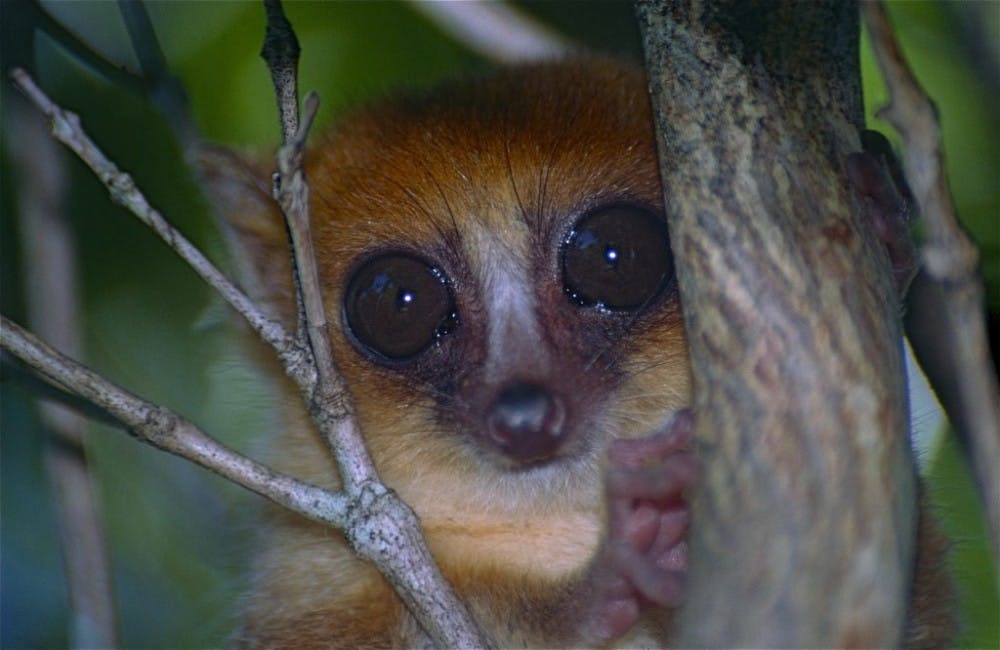In the past 20 years the list of known mouse lemur species has grown from a measly two recognized species to 24. In fact, in the past year, three species were added to the list.
The three new species were discovered through combined efforts by the German Primate Center (DPZ), the University of Kentucky, the American Duke Lemur Center and the Université d’Antananarivo in Madagascar. Previously, species discovery had been limited by challenges resulting from Madagascar’s terrain as well as rudimentary identification methods. New methods utilizing genetic analysis as well as expeditions to remote areas facilitated the scientists’ recent identifications.
“By using new, objective methods to assess genetic differences between individuals, we were able to find independent evidence that these three mouse lemurs represent new species,” Peter Kappeler, head of the Behavioral Ecology and Sociobiology unit at the German Primate Center, said in a press release.
The lemurs were found in the southern and eastern portions of Madagascar. Using the new equipment, the researchers were able to quantify the differences between the newly discovered mouse lemurs and the 21 already-known species. After such demonstrated success, the team took advantage of the new equipment to verify all the previously identified species.
Mouse lemurs are found only in Madagascar. They are small, nocturnal animals with brown fur most often distinguished by their large eyes.
While genetic analysis did verify the existence of all 24 different species, the debate continues to rage on just what degree of genetic uniqueness is enough to warrant the “new species” label.
“The genetic techniques we used could facilitate species identification, thus also contributing to further new descriptions in other animal groups,” Kappeler said.
One of the three species discovered was given the name Microcebus ganzhorni in honor of the Hamburg ecologist, Jörg Ganzhorn, who has been working for over 30 years on the ecology and conservation of Madagascar and its lemurs. In fact, it was Ganzhorn that helped create the German Primate Center Research in 1990. In 1993, that center discovered the 30 gram Madame Berthe’s mouse lemur, the smallest primate in the world.
The second of the three species discovered this past year was named Microcebus manitatra, symbolizing its origination from the expansion of a subgroup from western Madagascar.
Finally, Microcebus boraha was the last new addition to the list. Its name comes from the lemurs’ location on the island of Nosy Boraha.
Identifying these new lemurs was just the beginning of the researchers’ plans for the new genetic analysis techniques. Madagascar and its lemurs are at an ever-constant threat from deforestation and hunting. In fact, lemurs are the world’s most endangered group of mammals. Over 100 known species can be found on the U.N.’s “red list” of endangered species.
“To know the exact distribution area of individual species is necessary to identify functioning protected areas,” Kappeler, who has conducted research at the field station of the German Primate Center in Madagascar for more than 20 years, said. “Furthermore, this new information is an important element towards better understanding how biodiversity on Madagascar arose.”





